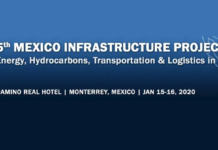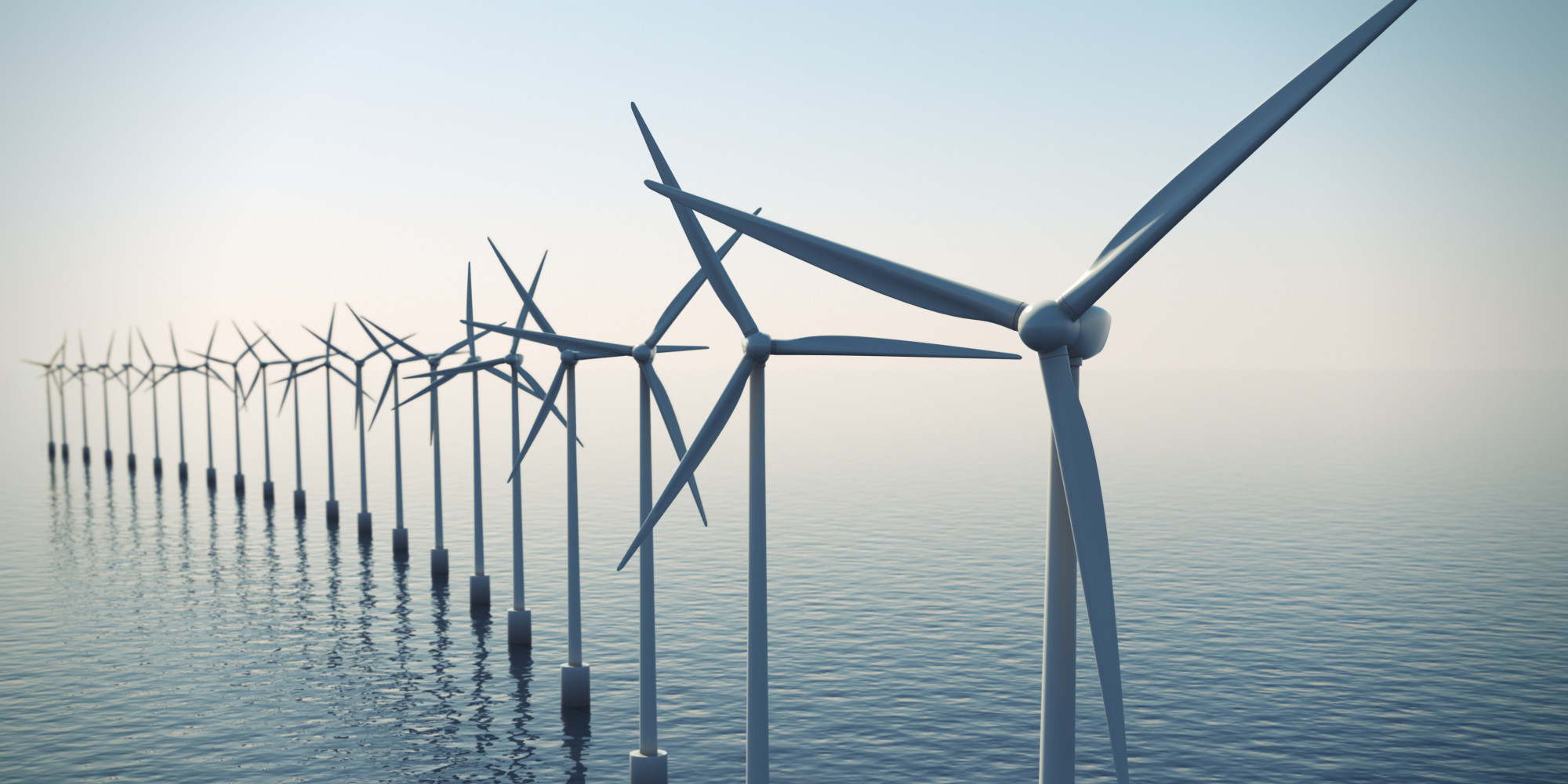A new study from Lawrence Berkeley National Laboratory finds that the ‘market value’ of offshore wind—considering energy, capacity, and renewable energy certificate (REC) value—varies significantly along the U.S. east coast, and generally exceeds that of land-based wind in the region. This study’s focus on the value of offshore wind complements the large body of existing literature that has analyzed the cost of offshore wind.

Although offshore wind power deployment in the U.S. has been limited to date, with just a single 30-MW project operating off the coast of Rhode Island, interest in this energy source has grown significantly in recent years, particularly along the U.S. east coast where there is a perception that offshore wind may provide greater value than some other forms of electricity generation.
But the economic value of wind power can vary significantly by location, depending on the time-varying wind resource profile at a given site, as well as local pricing and market rules within the regional power market. Specifically, differences in location and location-specific wind resource profiles can affect the local price of electricity and renewable energy credits (RECs) that wind power earns, wind power’s contribution to meeting peak demand, and which other generators wind power displaces.
Unpacking Value
The new Berkeley Lab study, funded by the U.S. Department of Energy, unpacks these and other value components by exploring a hypothetical question: What would the marginal economic value of offshore wind projects along the east coast have been from 2007 to 2016, had any such projects been operating during that time period?
Berkeley Lab researchers answer this question by developing a rigorous approach based on historical weather data at thousands of potential offshore wind sites combined with historical wholesale market outcomes and REC prices at hundreds of possible locations. Specific value components that are examined both geographically and over time include energy, capacity and REC value, avoided air emissions, and reductions in wholesale power and natural gas prices via the ‘merit-order’ effect.
The study finds that the historical ‘market value’ of offshore wind—considering only energy, capacity, and REC value—varies significantly by project location, but that locational variation is driven primarily by differences in average energy (and REC) prices, rather than by differences in time-varying generation profiles. Generation profiles do matter, but mostly for capacity value, which is a small component of overall value. The average market value from 2007 through 2016 is highest for sites off of New York, Connecticut, Rhode Island, and Massachusetts—i.e., all areas where offshore wind is being actively pursued—and lowest for sites along the southeastern coast (see figure). The analysis also finds that offshore wind can reduce air pollution emissions and wholesale electricity and natural gas prices, though effects vary in magnitude over time and across regions.

Total value of offshore wind. Source: Lawrence Berkeley National Laboratory.
The historical ‘market value’ of offshore wind is also found to have exceeded that of land-based wind, due to offshore wind sites being located closer to major population centers and also having a time-varying profile of electricity production that is more-correlated with that of electricity demand. Yet, the cost of offshore wind is also higher than that of land-based wind, requiring important economic tradeoffs. Cost reductions that approximate those witnessed recently in Europe may be needed for U.S. offshore wind to offer a credible long-term economic value proposition on a widespread basis along the eastern seaboard.
Finally, the research discusses how the various value components might change in the future, and assesses multiple ways to potentially enhance the value of offshore wind, including by varying the location of grid interconnection, adding electrical storage, and evolving towards larger wind turbine rotors and taller towers.
Caveats, of Course
These findings come with several caveats. While the historical perspective taken in this study is instructive in terms of identifying key value drivers for offshore wind, the decision to build offshore wind going forward will depend on expectations of future benefits, which may differ from recent historical experience. In addition, the ‘market value’ revealed by this study is best thought of as the marginal value captured by the earliest operating offshore projects; once this value is captured by the earliest projects, it may diminish for later projects.
Despite these caveats, knowing how the historical value of offshore wind has varied both geographically and over time, and what has driven that variation, can provide important insights to a variety of stakeholders, including offshore wind developers and purchasers, as well as energy system decision-makers. In addition, focusing on market value may help to inform the U.S. Department of Energy on its offshore wind technology cost targets, as well as the early-stage R&D investments necessary to reach them.
A 12-page executive summary, accompanied by a more-detailed slide deck that explains the study and a journal article submission, can be downloaded here. A free webinar to summarize the key results will be offered on April 26 at 12:00pm (Pacific), 3:00pm (Eastern)—register here.
Berkeley Lab’s contributions to this report were funded by the U.S. Department of Energy’s Office of Energy Efficiency and Renewable Energy.
Source: https://www.renewableenergyworld.com
Featured image credits: https://renewsable.net
































